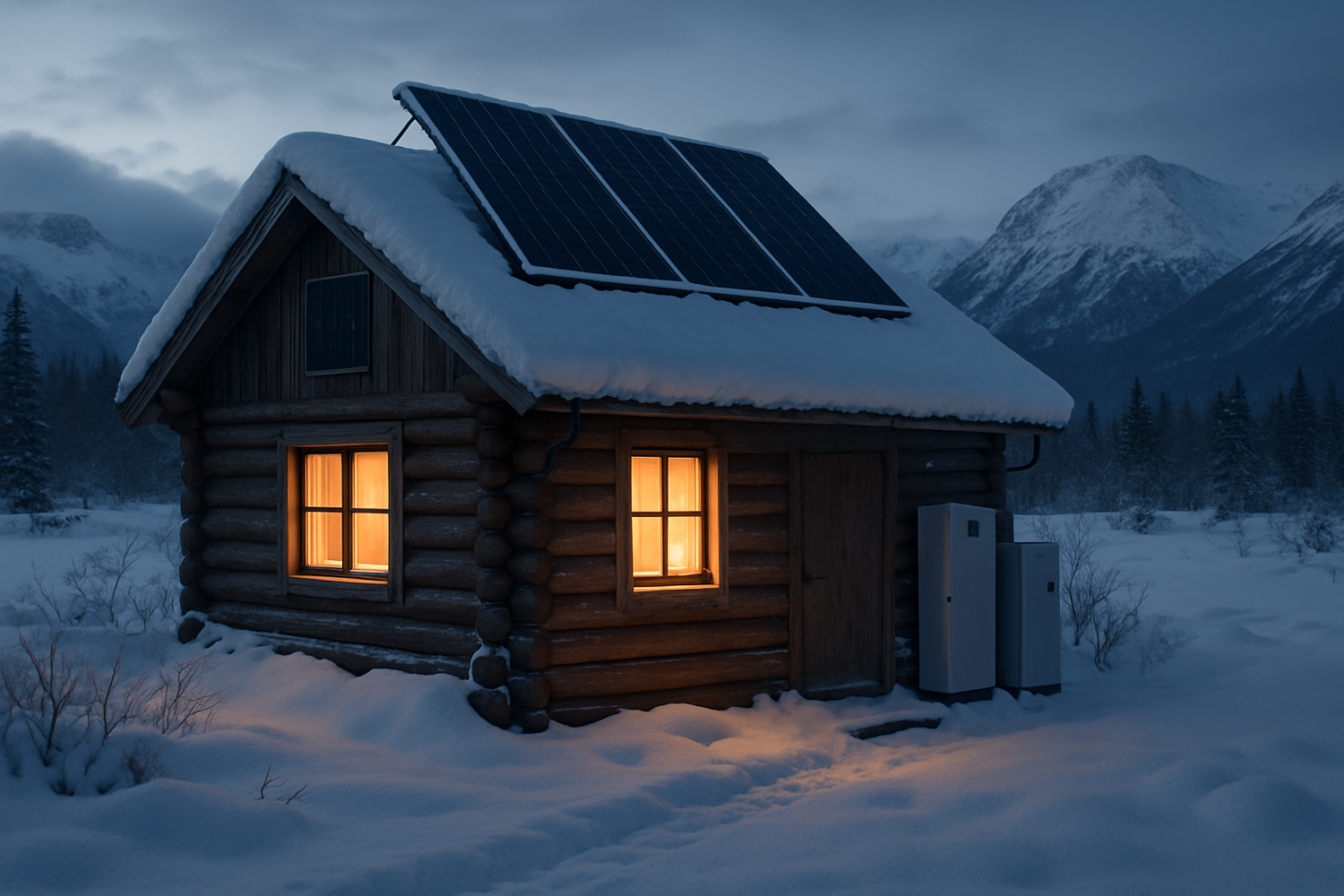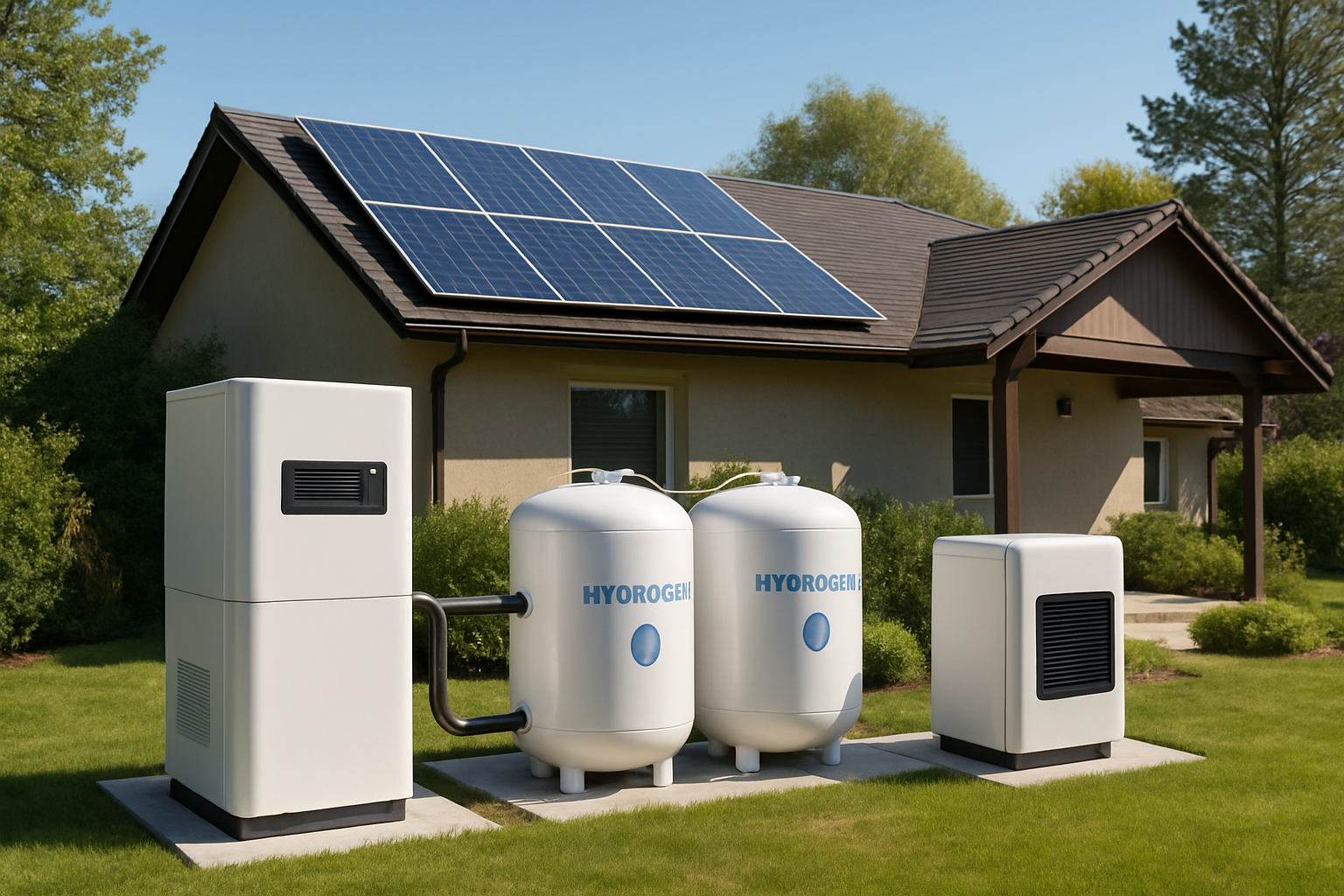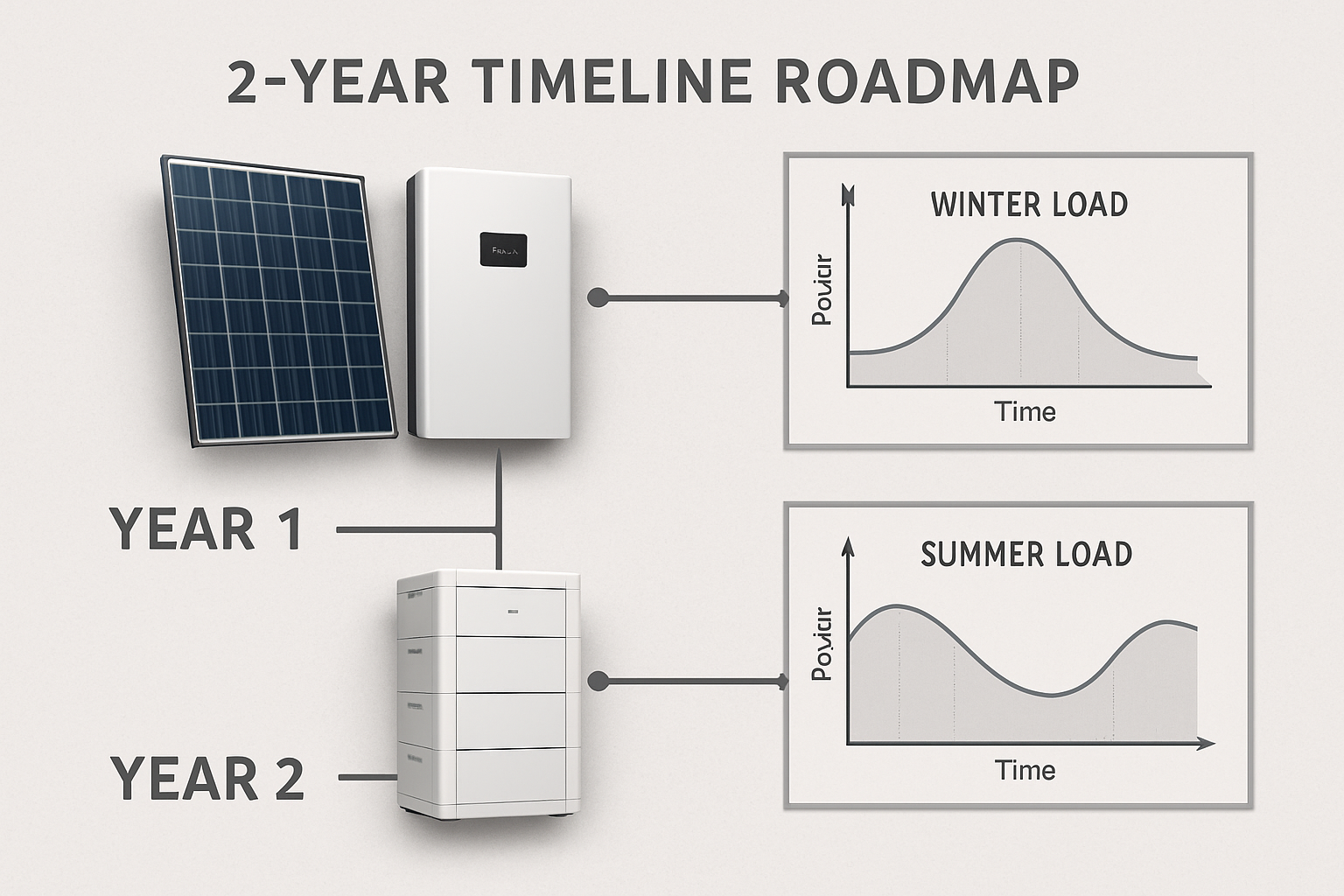Winter off-grid living presents unique challenges that separate successful homesteaders from those who struggle through dark months. While many focus on equipment specifications, the real secret lies in data-driven strategies that maximize every watt of available energy. These nine proven techniques will transform your winter energy management from guesswork into precision engineering.

1. Calculate Your True Winter Solar Production Deficit
Most off-grid systems fail because owners underestimate winter's impact on solar production. December solar irradiance drops to just 25-30% of summer levels in northern latitudes. Smart system designers use historical weather data to calculate precise production deficits rather than relying on manufacturer specifications.
Track your actual daily energy harvest for at least one full year. Create a monthly baseline showing your lowest production periods. This data reveals the true gap between generation and consumption that your storage system must bridge. Professional installers recommend oversizing solar arrays by 200-300% specifically for winter performance.
2. Implement Strategic Load Shedding Based on Battery State
Successful winter off-grid living requires ruthless load prioritization. Create three distinct power consumption tiers: critical (heating, refrigeration), important (lighting, communication), and optional (entertainment, non-essential appliances). Program your system to automatically shed loads based on battery state of charge thresholds.
| Battery SOC | Available Loads | Action Required |
|---|---|---|
| 80-100% | All systems operational | Normal operation |
| 60-80% | Critical + Important only | Shed optional loads |
| 40-60% | Critical systems only | Emergency conservation mode |
| Below 40% | Life safety systems | Activate backup power |
3. Master Temperature-Compensated Battery Management
LiFePO4 batteries lose significant capacity in cold conditions, with usable energy dropping by 20-40% below freezing. Smart battery management systems automatically adjust charging parameters and capacity calculations based on real-time temperature readings. This prevents over-discharge damage and extends battery life.
Install battery temperature sensors and configure your charge controller for temperature compensation. Set conservative discharge limits during extreme cold spells. Many successful off-grid homeowners maintain battery banks in insulated, heated enclosures to preserve full capacity throughout winter months.
4. Optimize Panel Tilt for Winter Sun Angles
Fixed solar installations typically use tilt angles equal to latitude for year-round optimization. However, winter-focused systems benefit from steeper angles that capture low-angle winter sun more effectively. Adjusting tilt to latitude plus 15-20 degrees can increase winter production by 10-15%.
Consider adjustable mounting systems that allow seasonal tilt optimization. The extra winter production often justifies the additional complexity and cost. Snow shedding becomes easier with steeper angles, reducing maintenance requirements during heavy snow periods.
5. Deploy Weather-Predictive Energy Management
Modern off-grid systems integrate weather forecasting data to optimize energy usage patterns. When extended cloudy periods are predicted, smart controllers automatically reduce non-essential loads and maximize battery charging during any available sun hours. This predictive approach extends autonomy significantly compared to reactive management.
Install weather monitoring stations that feed real-time data to your energy management system. Many successful installations use 7-day weather forecasts to trigger conservation modes before storms arrive, ensuring adequate reserves for extended low-production periods.
6. Implement Hybrid Generation Strategies
Pure solar systems struggle during extended winter cloud cover. According to IEA research on renewable integration, bridging multi-day supply shortfalls often requires complementary generation sources beyond battery storage alone. Successful winter off-grid systems typically integrate backup generators, micro-hydro, or small wind turbines.
Size backup generators for essential loads only, not full system capacity. This reduces fuel consumption while maintaining critical services during extended low-sun periods. Many installations use automatic generator start controllers that activate based on battery state of charge and weather conditions.
7. Maximize Efficiency Through Smart Appliance Selection
Winter energy scarcity demands maximum efficiency from every appliance. Replace standard appliances with DC-native or high-efficiency AC alternatives. LED lighting, DC refrigeration, and variable-speed heat pumps can reduce energy consumption by 40-60% compared to conventional alternatives.
Prioritize appliances with smart controls that can respond to available energy levels. Modern DC refrigerators can adjust cooling cycles based on battery state, while smart water heaters only operate during peak solar production hours. These intelligent loads help balance supply and demand automatically.
8. Monitor Performance Metrics That Matter
Successful winter operation requires monitoring key performance indicators beyond basic voltage readings. Track daily energy harvest versus consumption, battery cycling depth, and system efficiency metrics. Identify trends that indicate potential problems before they cause system failures.
Essential monitoring parameters include:
- Daily energy balance (production minus consumption)
- Battery state of health and cycle count
- Inverter efficiency under varying loads
- Panel performance ratio accounting for temperature
- Load factor analysis by time and season
9. Plan for Worst-Case Scenario Resilience
Design your system to survive the worst 2% of weather conditions in your area. This means planning for extended periods with minimal solar production combined with maximum heating loads. Size your battery bank to provide 5-7 days of autonomy for critical loads during worst-case conditions.
Maintain emergency protocols including manual load shedding procedures, backup heating sources, and generator maintenance schedules. The IEA emphasizes that system integration challenges emerge gradually, making it essential to enhance absorption capabilities progressively rather than waiting for problems to develop.
Create detailed emergency response plans that family members can execute without technical expertise. This includes manual generator starting procedures, critical system shutdown sequences, and communication protocols for extended outages.
Building Winter Resilience Through Data-Driven Design
Surviving low-sun winters off-grid requires more than oversized equipment—it demands intelligent system design based on real performance data. These nine strategies transform winter energy management from reactive crisis response into proactive optimization.
The key lies in understanding your specific energy patterns, local weather conditions, and system limitations. Start collecting performance data immediately, even if your system seems adequate now. This information becomes invaluable when planning upgrades or troubleshooting winter performance issues.
Remember that off-grid winter success comes from systematic preparation rather than expensive equipment alone. Focus on efficiency, monitoring, and smart management strategies that maximize your existing system's capabilities while building resilience for the challenging months ahead.





Leave a comment
All comments are moderated before being published.
This site is protected by hCaptcha and the hCaptcha Privacy Policy and Terms of Service apply.